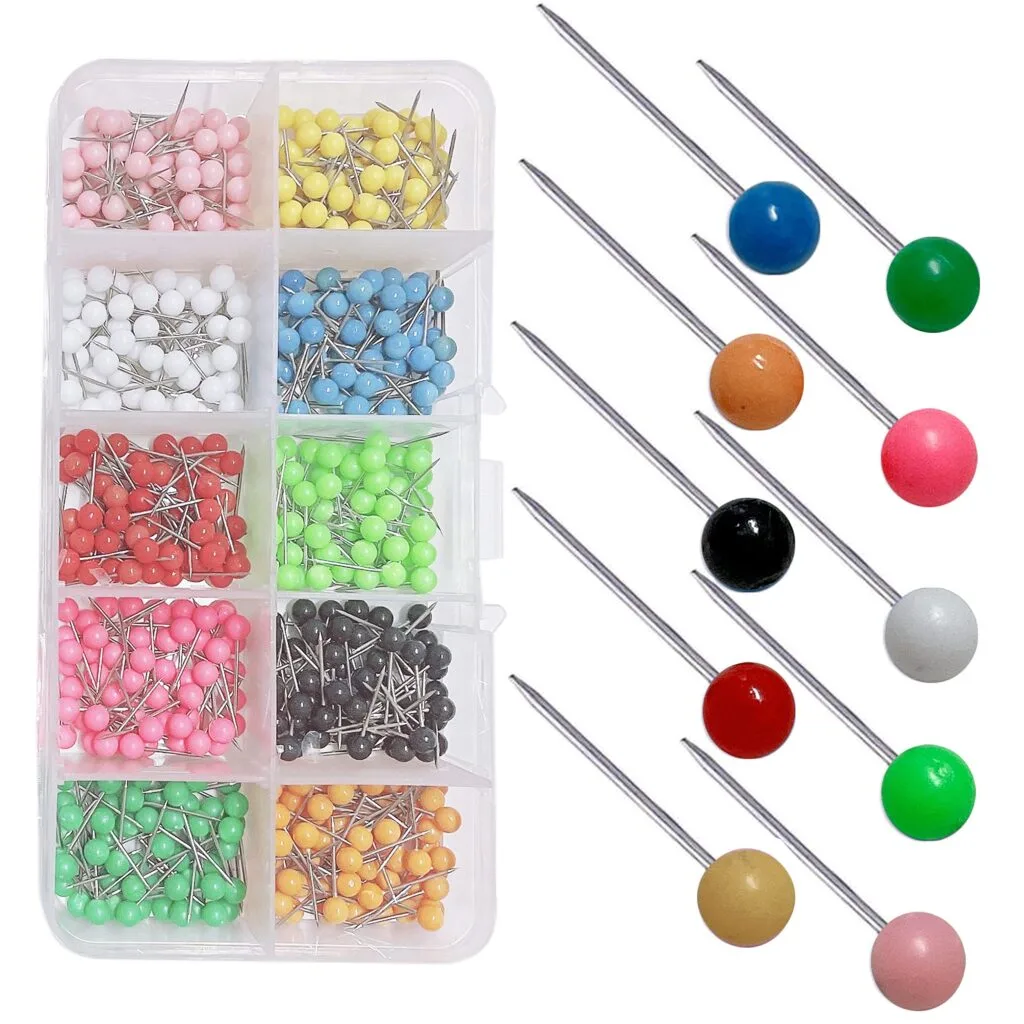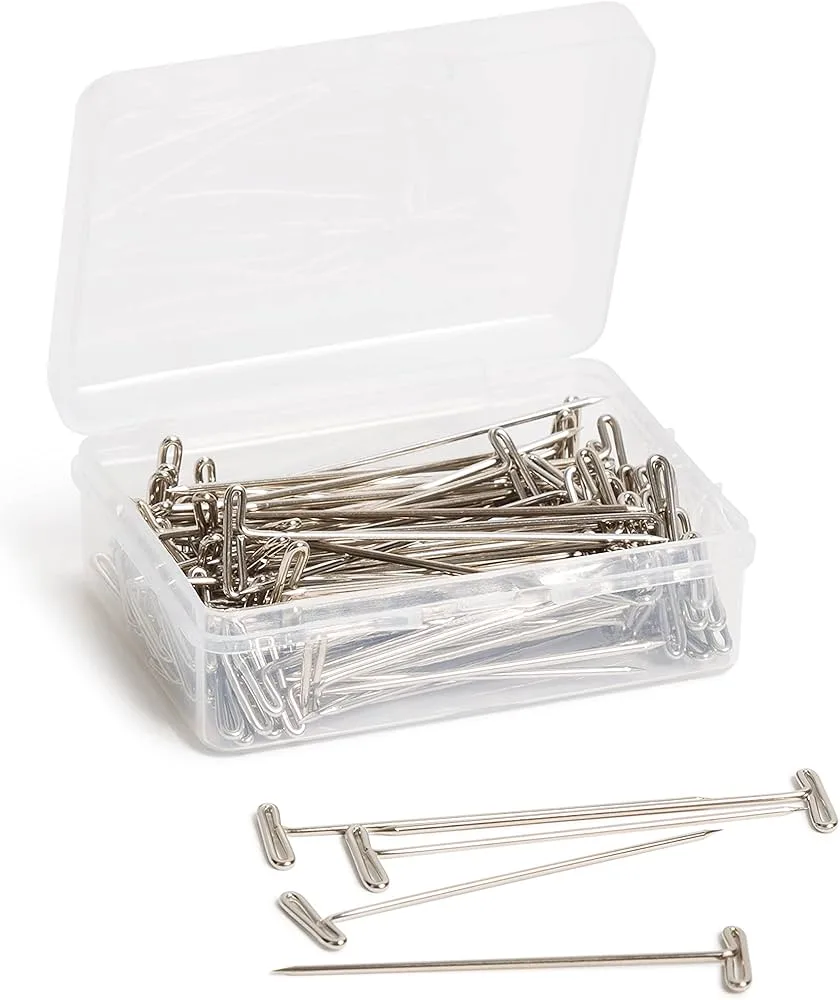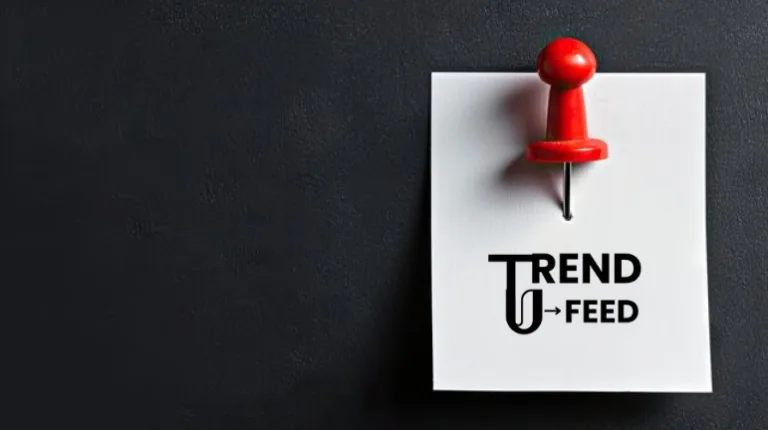Bulletin boards are used in schools, offices, and homes to keep important papers, photos, and reminders organized. To keep these items in place, we use pins. These small, sharp tools are essential for making sure your documents stay securely attached to the board.
In this article, we will explore the different types of pins, their uses, and how to make the most of them. Whether you’re organizing your workspace or creating a vision board, choosing the right pin is important.
Types of Bulletin Board Pins
Pins come in many shapes and sizes. Each type has its unique use, depending on what you need to attach to the board. Here are some of the most common types:
1. Push Pins
Push pins are one of the most popular types of bulletin board pins. They have a sharp metal point and a rounded head, usually made from plastic or metal. These pins are easy to push into cork boards, and you can remove them without damaging the board.

- Common uses: Posting papers, notes, and lightweight items.
- Varieties: Push pins come in many colors, sizes, and even decorative designs. You can find transparent or colorful heads that add style to your board.
2. Thumbtacks
Thumbtacks are small pins with a flat, metal head. They are slightly more difficult to push into the board compared to push pins, but they are excellent for keeping papers flat against the surface.

- Common uses: Attaching papers, posters, or lightweight objects.
- Advantages: Thumbtacks have a flat design that keeps them low-profile on the board, making your bulletin board look clean and organized.
3. Map Pins
Map pins are similar to push pins, but they are smaller and have longer points. They are mainly used to mark locations on maps but are also great for light items on bulletin boards.

- Common uses: Marking important places on maps or pinning lightweight papers and notes.
- Advantages: They are subtle and won’t cover up important parts of the items you pin.
4. T-Pins
T-pins get their name from the “T” shape formed by their head. They have a strong metal body and are great for holding heavier objects.

- Common uses: Attaching posters, fabric, or thicker papers that might be too heavy for regular push pins or thumbtacks.
- Advantages: T-pins provide a stronger hold, making them great for use in classrooms or office spaces where you might need to post larger items.
5. Decorative Pins
These pins are all about style! They come in fun shapes and colors, often with creative designs like flowers, stars, or other novelty themes. They help make your bulletin board look more appealing.

- Common uses: Perfect for personalizing bulletin boards, especially in homes, schools, or creative spaces.
- Advantages: They combine function and style, making your board not only useful but also fun to look at.
Uses of Bulletin Board Pins
Bulletin board pins are versatile and can be used in many different ways to help you stay organized. Here are a few common uses:
1. Organizing Information
Pins are perfect for keeping track of important papers. Whether it’s in a classroom, office, or at home, you can easily pin notes, schedules, and reminders to your bulletin board.
- Example: Use push pins to display your calendar and to-do list on the board for easy reference.
2. Displaying Photos or Artwork
Bulletin boards are great for displaying photos or artwork. Whether it’s pictures of your family or your latest creative project, pins will keep them securely in place.
- Example: Use decorative pins to showcase your favorite family photos or kids’ drawings in your living room or workspace.
3. Classroom and Educational Use
Teachers use bulletin boards to display important educational materials, students’ work, and schedules. Pins help keep everything in place and make sure important items are easy to see.
- Example: Thumbtacks are often used in classrooms to pin up homework charts, spelling lists, or classroom rules.
4. Office Communication
In the office, bulletin boards help employees stay updated on company news, meetings, and important memos. Pins are a simple way to keep everyone informed.
- Example: Use T-pins to post office announcements or large posters that need extra support.
5. Event Planning and Inspiration Boards
For creative projects like planning a wedding or organizing a party, bulletin boards and pins help you keep track of ideas and inspiration. Use pins to attach photos, color swatches, and other inspirational items to your board.
- Example: Use map pins to divide sections of your inspiration board based on different themes or categories.
Materials of Bulletin Board Pins
Bulletin board pins come in different materials, which can make a difference in how they look and how strong they are. Here are a few common materials:
1. Metal Pins
Pins with metal heads are strong and durable. They are great for holding heavier materials like thick papers, posters, or even fabric.
- Example: T-pins are made from metal and are commonly used in office settings or for larger projects.
2. Plastic Head Pins
These pins have plastic heads, making them lightweight and colorful. Plastic head pins are often used for everyday tasks like pinning papers or notes to a bulletin board.
- Example: Push pins are commonly found with plastic heads and come in different colors to match your style.
3. Wooden Head Pins
Wooden head pins are an eco-friendly option. They are often chosen for their natural look and sustainability. These pins can still be used for most standard purposes on bulletin boards.
- Example: Use wooden head push pins to secure papers while keeping a stylish and environmentally friendly appearance.
Best Practices for Using Bulletin Board Pins
To make sure your bulletin board looks organized and functions well, follow these best practices when using pins:
1. Avoid Overcrowding
When pinning items, make sure not to overcrowd the board. Spread the pins out so that each item can be easily seen.
- Tip: Use only as many pins as you need to avoid clutter.
2. Use Stronger Pins for Heavier Items
For heavier items like posters, use stronger pins like T-pins to ensure they don’t fall off the board.
- Tip: Double up on pins if necessary to secure larger objects.
3. Be Gentle When Pushing Pins
Insert pins carefully to avoid damaging your bulletin board. Pins that are forced in too quickly may tear the paper or make holes in the board.
Creative Uses for Bulletin Board Pins
In addition to holding papers and notices, bulletin board pins can be used creatively:
1. Craft Projects
Use decorative pins to create craft projects, vision boards, or other creative displays.
- Example: Make a family photo board using colorful pins to arrange pictures in a fun pattern.
2. Customizing Your Board
You can use pins to divide sections of the board, mark special places, or even add a decorative touch.
- Example: Use color-coded pins to organize different sections of the board for work, school, or personal reminders.
Conclusion
Bulletin board pins are small but powerful tools that help you stay organized. Whether you’re using push pins, thumbtacks, or T-pins, they make it easy to attach important papers, photos, and other items to your board. With so many different types and creative uses, pins are a must-have for any bulletin board.
Make sure to choose the right pin for the job, and use them carefully to keep your board looking neat and organized.


1 Comment
Pingback: The Biggest Technology Challenges of 2025 and How They Affect Your Industry - trendufeed.com